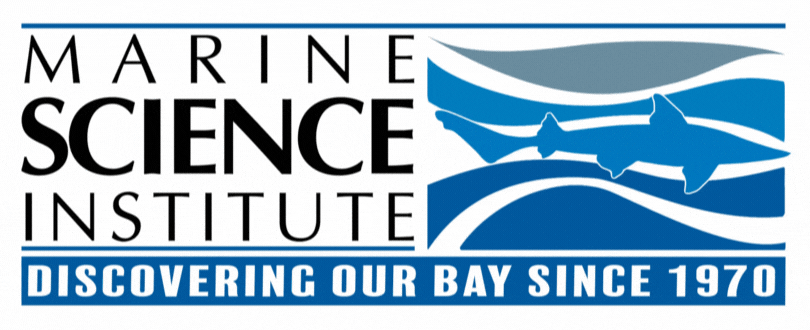
Why the bay?
Well, there's a multitude of natural factors that make the bay unique and essential to our ecosystem. For one, the merging of the salt and freshwater makes the bay an estuary, promoting variability and complexity that drives the abundance of fish and other organisms (Frantzich, et al 2018). People have been benefiting from the bay's abundant resources for thousands of years, and the evidence is everywhere you look. Because of the bay's ecological significance and human history, teachers can address all of the BIG IDEAS of the California Environmental Principles and Concepts (EP&Cs) when students experience this habitat.
By law, the EP&Cs must be addressed in future California textbooks and instructional materials adopted by the state. It is imperative that students are offered outdoor experiences where they can better connect these principles and concepts to increase overall environmental literacy.
"l love the hands-on learning environment. The students get a thrill from catching the fish, touching the fish, and putting mud on their faces. The students can relate to this learning easily. Environmental stewardship is also a focus in our fourth grade curriculum. MSI's program is our entry point into this important segment of our learning." - 4th Grade Teacher, Country Club Elementary

California's Environmental Principles and Concepts:
Principle 1 - People Depend on Natural Systems
Principle 2 - People Influence Natural Systems
Principle 3 - Natural Systems Change in Ways that People Benefit From and Can Influence
Principle 4 - There are no Permanent or Impermeable Boundaries that Prevent Matter from Flowing Between Systems
Principle 5 - Decisions Affecting Resources and Natural Systems are Complex and Involve Many Factors
Putting students in direct physical contact with their local bay environment makes these principles much more visible to students, so that they will be better prepared to ask questions and define challenges we face in balancing our human interactions with our planet.
By Naomi Deal
Resources and References:
California Department of Resources Recycling and Recovery. (2015). History and Development of the Education and the Environment Initiative (EEI) Curriculum. Retrieved March 6, 2018, from http://www.californiaeei.org/abouteei/history/.
Frantzich, J., Sommer, T., & Schreier, B. (2018). Physical and Biological Responses to Flow in a Tidal Freshwater Slough Complex. San Francisco Estuary and Watershed Science, 16(1). Retrieved from https://escholarship.org/uc/item/6s50h3fb






Comments